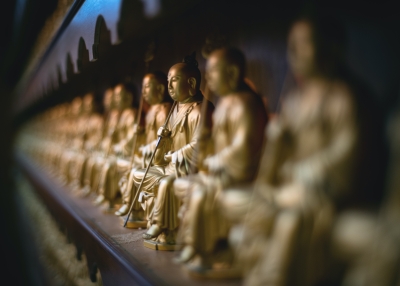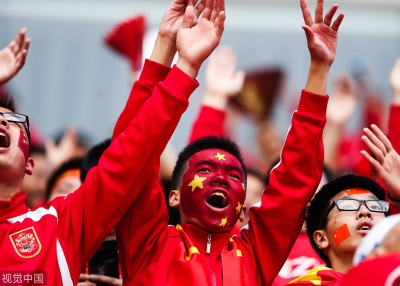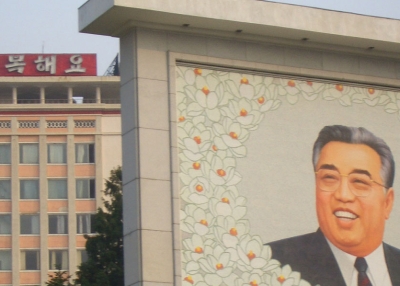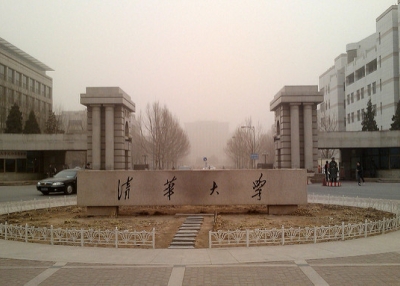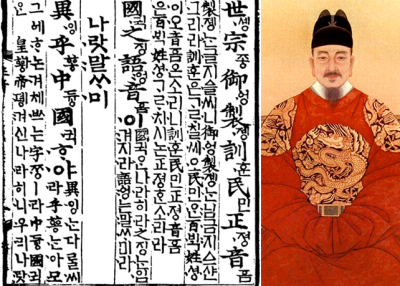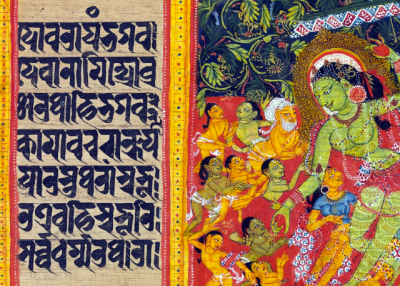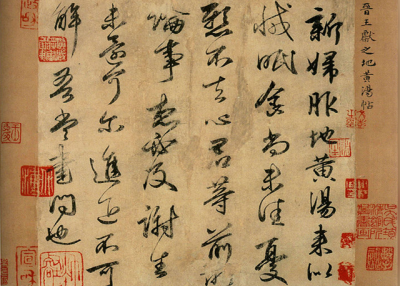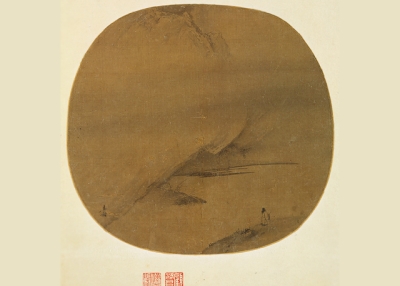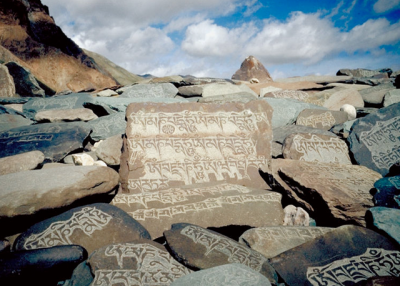Women's Role in Contemporary Korea
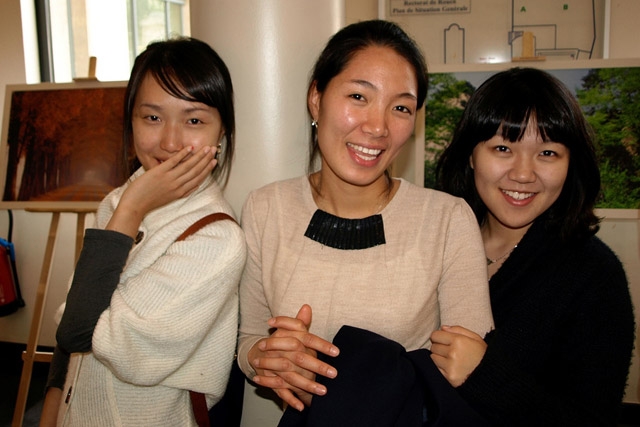
In traditional Korean society, women's roles were confined to the home. From a young age, women were taught the virtues of subordination and endurance to prepare for their future roles as wife and mother. Women, in general, could not participate in society as men did, and their role was limited to household matters.
The situation began to change with the opening of the country to the outside world during the late 19th century. During this period modern schools were introduced, mostly by Western Christian missionaries. Some of these schools were founded with the specific goal of educating women. These educated women began to engage in the arts, teaching, religious work, and enlightening other women. Women also took part in the independence movement against the Japanese occupation, and displayed no less vigor, determination, and courage than the men.
With the establishment of the Republic of Korea in 1948, women achieved constitutional rights for equal opportunities to pursue education, work, and public life. There is no doubt that the female labor force contributed significantly to the rapid economic growth that Korea achieved during the past three decades. An increasing number of women work in professional fields.
As economic development proceeded and the living conditions of Koreans improved, the educational attainment level of women also increased. In 1966, among those graduating from elementary school, only 33 percent of girls continued their education in middle school. The comparable figures for high school and university were 20 percent and 4 percent, respectively, during the same period. However, by 1998, the comparable ratios reached 99.5 percent and 61.6 percent for high school and university. The economic participation rate of women also has increased steadily since industrialization from 34.4 percent in 1965 to 48.1 percent in 1999.
In terms of characteristics of the female labor force, in 1975, only 2 percent of the female labor force worked in professional or managerial occupations, while 4 percent worked in clerical positions. However, by 1998, 12.6 percent of female employees were serving in professional or managerial positions, and another 16 percent were working in clerical occupations.
With an increasing number of women entering professional jobs, the government passed the “Equal Employment Act” in 1987 to prevent discriminatory practices against female workers in regard to hiring and promotion opportunities.
Korean women today are actively engaged in a wide variety of fields, including education, medicine, engineering, scholarship, the arts, law, literature, and sports. Women are thus making significant contributions to society.
With the launch of the new Administration in 1998, the Presidential Commission on Women’s Affairs was established to handle issues specifically involving women. The commission was elevated and expanded to become the Ministry of Gender Equality in January 2001. The new ministry set up 20 specific tasks to be achieved in six basic areas. These areas are: to revise and establish laws and rules that involve discrimination in any sector and to increase the representation of women, to facilitate women’s employment and provide support for female workers, to increase educational opportunities for women to be competitive in the labor market, to provide social welfare policies for women, to promote women’s involvement in various social activities including volunteer work and women’s organization activities, and to strengthen the cooperation of Korean women’s organizations with international women’s organizations.
Author: Korean Overseas Information Service (KOIS).

